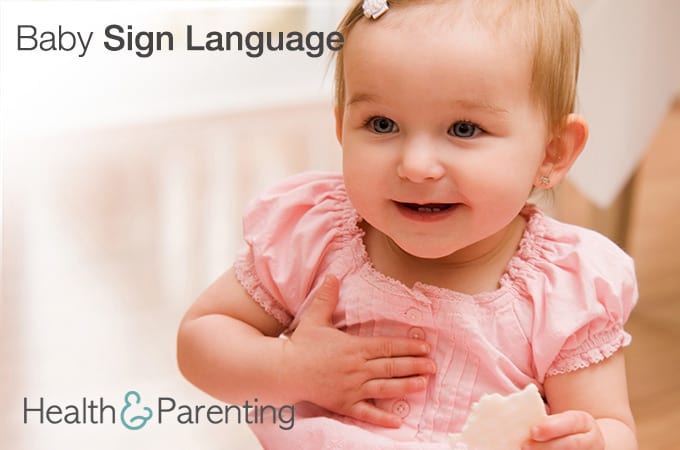Tandem nursing is breastfeeding two different-aged babies during the same time period. Why in the world might that happen?, you’re thinking. Most of the time it isn’t planned – baby #1 just isn’t ready to wean when baby #2 arrives on the scene. Here’s what you need to know if you find yourself with the possibility of tandem nursing looming.
Can I get pregnant again if I’m breastfeeding?
While breastfeeding is contraceptive, you need to meet certain criteria for it to work – your baby is younger than 6 months, is breastfeeding exclusively, and your periods have not returned. If any of these is untrue, you need to use another form of birth control to keep from becoming pregnant.
For some breastfeeding moms, ovulation doesn’t start until after weaning. But for others ovulation happens before the first period even reappears. The trouble is knowing which category you’ll be in. If you are hoping to get pregnant again, you can begin trying before weaning as the return of fertility is gradual (though when this happens varies from woman to woman).
Can I keep breastfeeding if I find out I’m pregnant?
Breastfeeding will not harm your pregnancy once implantation has occurred. In addition, you might worry whether the oxytocin released during breastfeeding might cause contractions. While the oxytocin may cause (mostly unnoticeable) contractions, these won’t be strong enough to start labor.
What about after the baby’s born? Will I make the right milk for my newborn?
Your milk will change during the months of pregnancy, eventually reverting to colostrum near birth. Your older baby may not mind the change in flavor, consistency or flow, but may decide he no longer wants to breastfeed. Nipple pain during pregnancy is fairly common for tandem nursing moms. Pay close attention to your older nursling’s latch and positioning (which may have changed a great deal since he was a newborn).
Shouldn’t I just wean?
Weaning is a personal choice. If your baby is not yet one, then you will need to replace nursing sessions with bottles (of formula or breastmilk). If your child is older than one year, you can be more proactive about weaning.
Your emotions surrounding tandem nursing matter, too. If you resent your older nursling’s continued feeding, it’s probably better to wean. You can constantly reassess and make adjustments to meet everyone’s needs, including your own.
Why tandem nurse?
Many tandem nursing moms find it rewarding to look down at siblings holding hands or cuddled against each other while nursing. Tandem feeding can also pacify some sibling rivalry, and may help your older nursling adjust to having a new baby in the house.
If you’re breastfeeding two and you need support, consider Hilary Flower’s book Adventures in Tandem Nursing. Flower shares information to support your choice as well as other mother’s stories (which are sometimes more supportive than any other type of information!). Her witty and comprehensive book will help you feel much less alone in your choice.
Written by Michelle, childbirth instructor, lactation consultant, and mother to 4 busy kids
This information is not intended to replace the advice of a trained medical doctor. Health & Parenting Ltd disclaims any liability for the decisions you make based on this information, which is provided to you on a general information basis only and not as a substitute for personalized medical advice. All contents copyright © Health & Parenting Ltd 2016. All rights reserved.
















